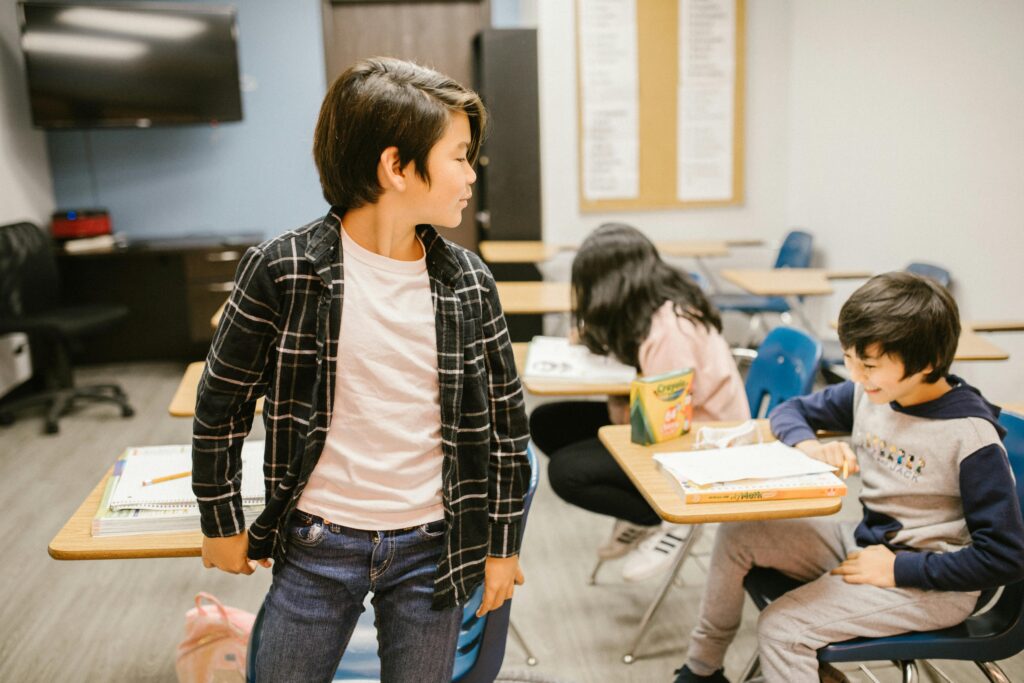Introduction: What Is a Curriculum?
A curriculum is more than a list of subjects—it’s the educational blueprint that shapes what students learn, how they learn it, and why it matters. From early education to university programs, the curriculum provides structure, sets learning goals, and defines the knowledge and skills students are expected to acquire.
Why the Curriculum Matters
A well-designed curriculum plays a vital role in ensuring that students:
- Develop critical thinking and problem-solving skills
- Achieve academic milestones and standards
- Are prepared for the next stage of education or the workforce
- Learn content that is relevant and culturally inclusive
The curriculum is the backbone of the education system, guiding teachers, informing assessments, and supporting student growth at every level.

Types of Curriculum
There are several types of curriculum used in modern education:
1. Formal Curriculum
This is the structured and official set of courses, subjects, and learning outcomes defined by educational authorities. It includes lesson plans, textbooks, assessments, and academic standards.
2. Informal Curriculum
Learning that happens outside the official plan—through clubs, extracurriculars, peer interactions, and real-life experiences.
3. Hidden Curriculum
These are the unspoken lessons learned in school environments, such as social norms, cultural values, and behavioral expectations.
Recognizing all three types helps educators create well-rounded learning experiences for students.
Curriculum Development: What It Involves
Creating an effective curriculum requires thoughtful planning and input from educators, subject experts, and policymakers. The process often involves:
- Identifying learning goals and objectives
- Selecting relevant content and materials
- Designing teaching strategies and assessment methods
- Ensuring alignment with national or state standards
In today’s world, curriculum development must also consider technology, digital literacy, inclusivity, and adaptability for different learning styles.
Modern Trends in Curriculum Design
Education is rapidly evolving, and so is the curriculum. Some current trends include:
- Competency-based learning focused on mastering specific skills
- STEM and STEAM integration for science, technology, engineering, arts, and math
- Digital and hybrid learning models
- Global citizenship education promoting diversity and sustainability
- Social-emotional learning (SEL) to support mental health and emotional intelligence
These innovations make learning more meaningful, relevant, and future-ready.
Conclusion: The Future of Curriculum
The curriculum is more than a teaching tool—it’s a powerful framework that shapes the minds, values, and futures of learners around the world. A strong, flexible, and inclusive curriculum ensures students are equipped to meet the demands of a changing world.
As education continues to evolve, so must the curriculum—adapting to new challenges, technologies, and student needs while staying grounded in academic excellence and human development.










